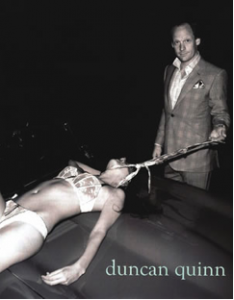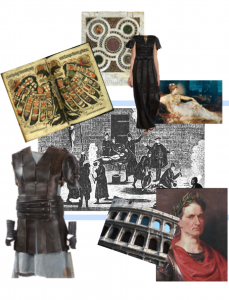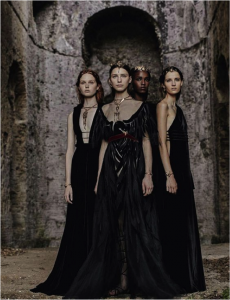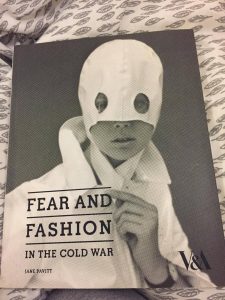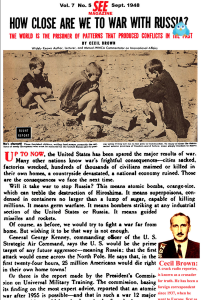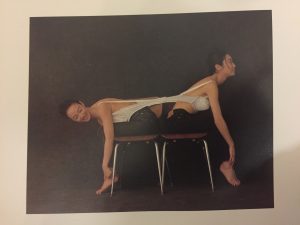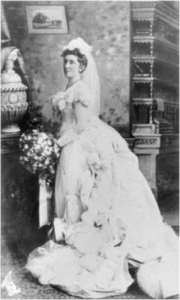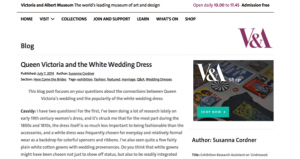Research and Communication Skills has been extremely beneficial to me. This is because I have learnt how to research thoroughly, which I have now realised I was not doing before. On a variety of tasks I had the opportunity to properly research. I did this by firstly finding a source that my essay was going to be about, this would usually be a book and then I would find a second book to compare the different perceptions of the topic. If I were doing reflective writing, which was one of my tasks I would also say how my view differs from theirs. Then I usually expanded my research by finding an academic text online that is loosely connected to my topic, so I covered different aspects of the topic. The sources I used depended on the task at hand, but overall RCS taught me how to expand my research with different sources.
RCS has also taught me how to Harvard reference, which was also a new skill I learnt. Learning this so early on in the year is useful because it will help me throughout my University years, as well as in the future when I need to reference to prevent plagiarism. The visual research task taught me where designers get inspiration, and how many references they use. I found that, the designers that used a wide range of sources produced the most successful designs. This taught me to develop my research before designing a garment, which particularly helped me with my Fashion Design project. I researched extremely thoroughly, using a wide- range of resources, which gave me lots of ideas for designs. The RCS made my designs stronger and interesting because I was inspired by a combination of things.
The task I liked the most was the ‘Ethical Issues’ task. I had never even thought about the ethical issues in advertising a collection, and found the lesson and writing the task really interesting. It made me realise how wrong it was to promote your business in such a way and associate your brand with sexism, as well as other ethically wrong issues like sexualising children by modelling them in indecent clothing. In the task we looked at a variety of images that have been used to advertise a clothing company. Many of the images were of women modelling provocatively. The image I chose to annotate was about sexism and how the woman was seen as inferior to the man and is being dehumanised because she was seen as a sex object. This task not only taught me about ethical issues in the clothing industry, it also taught me how you have to be extra careful as a clothing company to not offend people and that your company can get a lot of bad publicity. This will help me in the future to bare this in mind, when I get a job in the clothing industry.

